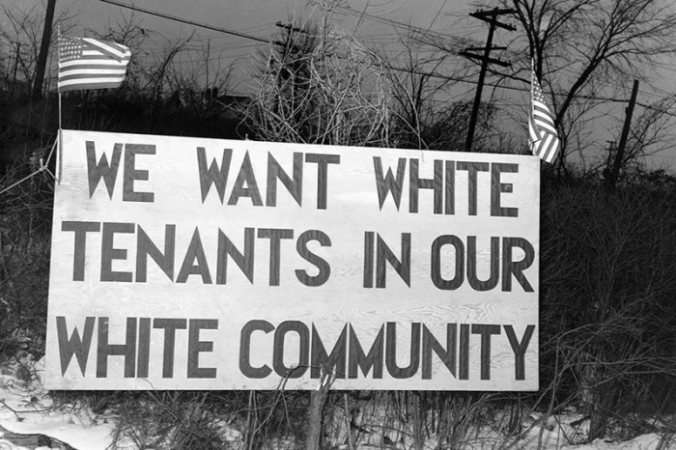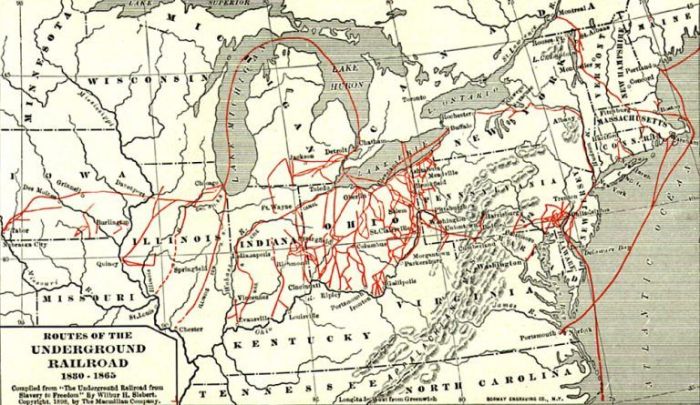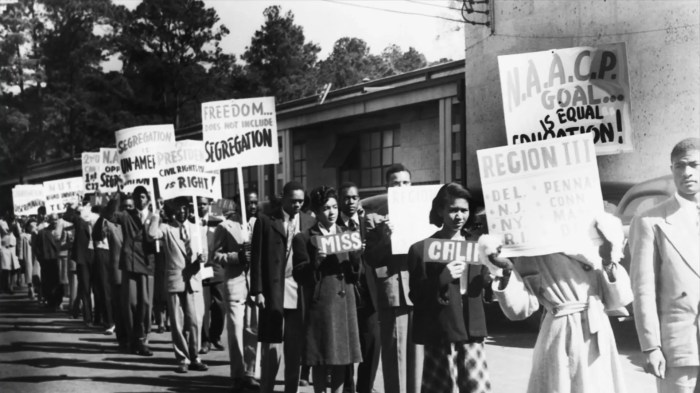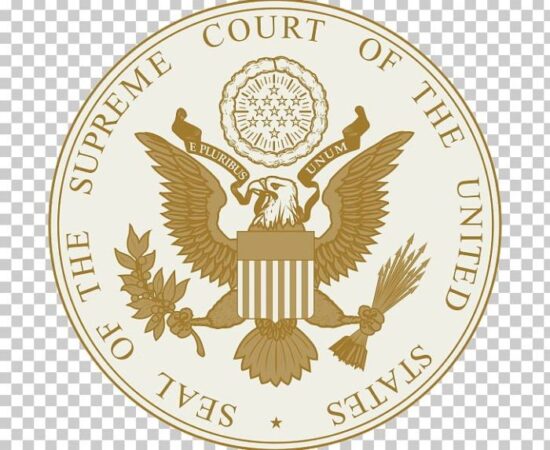
When did the Jim Crow laws occur? This question leads us back to a dark period in American history, the Jim Crow era, which spanned from the late 19th century to the mid-20th century. This era was marked by systematic racial segregation and disenfranchisement, targeting African Americans in the South and beyond. The Jim Crow laws, a collection of state and local laws, enforced racial separation in virtually every aspect of life, from public transportation and schools to restaurants and restrooms.
The Jim Crow era was a direct consequence of the Civil War and the Reconstruction period. While the 13th, 14th, and 15th Amendments aimed to abolish slavery and grant equal rights to African Americans, loopholes and political maneuvering allowed Southern states to circumvent these amendments and implement discriminatory policies. Key Supreme Court decisions, such as Plessy v. Ferguson (1896), further solidified the legal foundation for segregation, leading to the widespread adoption of Jim Crow laws.
Historical Context of Jim Crow Laws
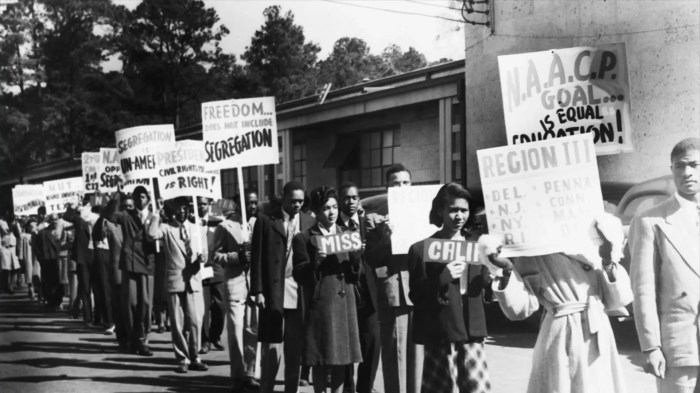
The Jim Crow era, a period of intense racial segregation and disenfranchisement in the American South, emerged in the late 19th century following the tumultuous Reconstruction era. This period witnessed a dramatic shift in the legal and social landscape, marking a significant setback for the progress achieved during the Civil War and Reconstruction.
The Post-Civil War and Reconstruction Era
The period following the Civil War (1861-1865) was characterized by a complex and often contradictory process of rebuilding the nation. The Reconstruction era (1865-1877) saw the passage of key amendments to the Constitution, aimed at securing civil rights for formerly enslaved people. These amendments, while groundbreaking, ultimately failed to fully dismantle the deeply entrenched system of racial inequality.
The 13th, 14th, and 15th Amendments, When did the jim crow laws occur
- The 13th Amendment (1865) abolished slavery and involuntary servitude, marking a significant step towards racial equality.
- The 14th Amendment (1868) granted citizenship to all persons born or naturalized in the United States, including formerly enslaved people, and guaranteed equal protection under the law.
- The 15th Amendment (1870) prohibited the denial of voting rights based on race, color, or previous condition of servitude.
These amendments were crucial in laying the foundation for a more inclusive society, but their implementation was met with significant resistance from white Southerners. The passage of these amendments marked a turning point in American history, but the fight for racial equality was far from over.
Key Events and Supreme Court Decisions
The post-Reconstruction era saw a resurgence of white supremacy and the systematic disenfranchisement of Black Americans. This was fueled by a combination of political, economic, and social factors.
- The Compromise of 1877: This agreement effectively ended Reconstruction, leading to the withdrawal of federal troops from the South and the rise of white supremacy.
- The rise of Jim Crow laws: These laws, enacted by Southern states, enforced racial segregation in virtually every aspect of life, including public transportation, schools, and housing.
- The Supreme Court case of Plessy v. Ferguson (1896): This landmark decision upheld the constitutionality of “separate but equal” facilities for Black and white Americans, effectively legalizing segregation.
These events and decisions laid the groundwork for the Jim Crow era, a period of legalized discrimination and oppression that would last for nearly a century.
Resistance to Jim Crow Laws: When Did The Jim Crow Laws Occur
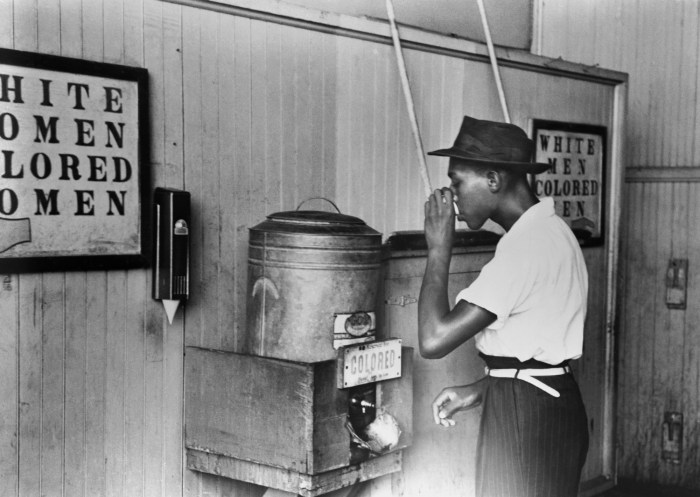
Despite the widespread implementation and harshness of Jim Crow laws, resistance to segregation and discrimination took many forms. Black communities, individuals, and organizations challenged the Jim Crow system through protests, legal battles, and activism, paving the way for the Civil Rights Movement.
The Role of Organizations in the Fight for Civil Rights
The fight against Jim Crow was not a solitary endeavor; it was fueled by the collective efforts of numerous organizations dedicated to achieving racial equality. Two prominent organizations played pivotal roles in challenging segregation and advocating for civil rights: the NAACP and the Southern Christian Leadership Conference (SCLC).
- The National Association for the Advancement of Colored People (NAACP), founded in 1909, emerged as a powerful voice against racial injustice. The NAACP employed legal strategies, lobbying, and public education to challenge discriminatory laws and practices. The organization’s legal team, led by prominent figures like Thurgood Marshall, successfully challenged segregation in landmark cases like Brown v. Board of Education (1954), which declared racial segregation in public schools unconstitutional.
- The Southern Christian Leadership Conference (SCLC), founded in 1957, focused on mobilizing the Black community through nonviolent direct action. Led by Martin Luther King Jr., the SCLC organized protests, boycotts, and sit-ins to challenge Jim Crow laws and inspire social change. The SCLC’s campaigns, including the Montgomery Bus Boycott (1955-1956) and the March on Washington for Jobs and Freedom (1963), galvanized the nation and brought the issue of racial injustice to the forefront of national attention.
Key Figures in the Civil Rights Movement
Several individuals emerged as prominent leaders in the fight against Jim Crow, inspiring generations with their courage and unwavering commitment to equality.
- Rosa Parks, a seamstress and activist, became a symbol of resistance when she refused to give up her seat on a Montgomery bus to a white man in 1955. Her act of defiance sparked the Montgomery Bus Boycott, a pivotal moment in the Civil Rights Movement.
- Martin Luther King Jr., a Baptist minister and activist, became the most prominent voice of the Civil Rights Movement. His philosophy of nonviolent resistance, inspired by Mahatma Gandhi, guided the SCLC’s campaigns and resonated with millions across the nation. King’s powerful speeches, including his “I Have a Dream” address at the March on Washington, articulated the yearning for equality and justice and inspired generations to fight for civil rights.
- Malcolm X, a prominent figure in the Nation of Islam, offered a more confrontational approach to achieving racial equality. He advocated for Black self-reliance and empowerment, criticizing the white power structure and urging Black people to take control of their destinies. Malcolm X’s message resonated with many Black Americans who felt marginalized and frustrated by the slow pace of change.
Closure

The Jim Crow era was a period of immense hardship and injustice for African Americans. Despite the challenges, they actively resisted Jim Crow laws through protests, legal battles, and activism. Organizations like the NAACP and the Southern Christian Leadership Conference played pivotal roles in challenging segregation, paving the way for the Civil Rights Movement. The legacy of Jim Crow, however, continues to impact American society today, highlighting the need for ongoing efforts to dismantle systemic racism and achieve true equality for all.
Questions Often Asked
What were some of the key Jim Crow laws?
Jim Crow laws varied from state to state, but some common examples include: poll taxes, literacy tests, grandfather clauses, segregation in public transportation, schools, restaurants, and restrooms.
How did Jim Crow laws impact African Americans?
Jim Crow laws deprived African Americans of their fundamental rights, including voting, education, and access to decent housing and employment. They also led to widespread social and economic disparities, creating a system of racial inequality that continues to affect communities today.
What were some of the key figures in the fight against Jim Crow?
Key figures in the fight against Jim Crow included Rosa Parks, Martin Luther King Jr., Malcolm X, and countless other activists who bravely challenged segregation through protests, boycotts, and legal challenges.
